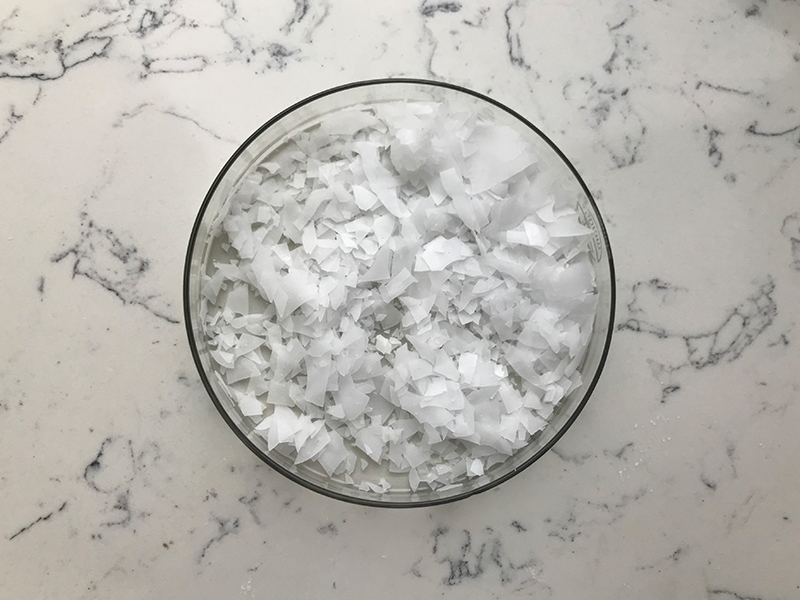Ceteareth is a term used in the field of cosmetics and personal care products, particularly in the formulation of creams, lotions, and other skincare products. It is a mixture of cetyl and stearyl alcohol that has been ethoxylated. Ethoxylation is a chemical process in which ethylene oxide is added to a fatty alcohol or acid to create a compound with surfactant properties.
Ceteareth serves as an emulsifier and stabilizer in cosmetic formulations. Emulsifiers help blend water and oil-based ingredients in a product, preventing them from separating. This is crucial for the stability and texture of creams and lotions. Additionally, ceteareth can contribute to the overall texture and feel of a product, providing a smooth and creamy consistency.
It’s worth noting that while ceteareth is generally considered safe for use in cosmetics, individuals with sensitive skin or specific allergies may want to check the product’s ingredient list or consult with a dermatologist before using a product containing ceteareth.

How to use Ceteareth?
Ceteareth is a compound that belongs to a group of ingredients known as emulsifying agents or surfactants. It is commonly used in cosmetic and personal care products to stabilize and emulsify formulations, allowing oil and water to mix. Ceteareth is often found in creams, lotions, and other skincare products. Here are general guidelines on how to use Ceteareth in formulations:
1.Determine the Type of Formulation:
Ceteareth is typically used in water-in-oil (W/O) or oil-in-water (O/W) emulsions. Decide on the type of formulation you want to create before incorporating Ceteareth.
2.Calculate the Proper Concentration:
The recommended concentration of Ceteareth in formulations can vary, but it is generally used at a concentration of 1-5% of the total formulation. However, the exact amount will depend on the specific requirements of your formulation.
3.Combine with Other Ingredients:
Ceteareth is often used in combination with other emulsifiers, thickeners, and stabilizers to achieve the desired texture and stability. Common emulsifiers used alongside Ceteareth include Cetearyl Alcohol or Steareth-20.
4.Heating and Melting:
Ceteareth is usually added to the oil phase of the formulation. Heat the oil phase and melt the Ceteareth until it becomes a clear liquid. This helps in dispersing the emulsifier evenly throughout the formulation.
5.Emulsification:
Combine the oil phase (containing Ceteareth) with the water phase, and use a high-shear mixer or homogenizer to emulsify the ingredients thoroughly. This creates a stable emulsion.
6.Cooling:
Allow the emulsion to cool while continuing to mix. This helps in the formation of a stable and consistent product.

7.Incorporate Additional Ingredients:
Once the emulsion is formed and cooled, you can add other ingredients such as preservatives, fragrance, antioxidants, or active ingredients according to your formulation requirements.
8.Testing:
Conduct stability and quality tests to ensure that the formulation meets your desired specifications. This includes checking for phase separation, consistency, and overall product performance.
9.Documentation:
Keep records of the ingredients used, their concentrations, and the manufacturing process for quality control and regulatory compliance.
Always refer to specific formulation guidelines and recommendations provided by your ingredient supplier. Additionally, it’s essential to adhere to industry regulations and standards when formulating cosmetic and personal care products.
